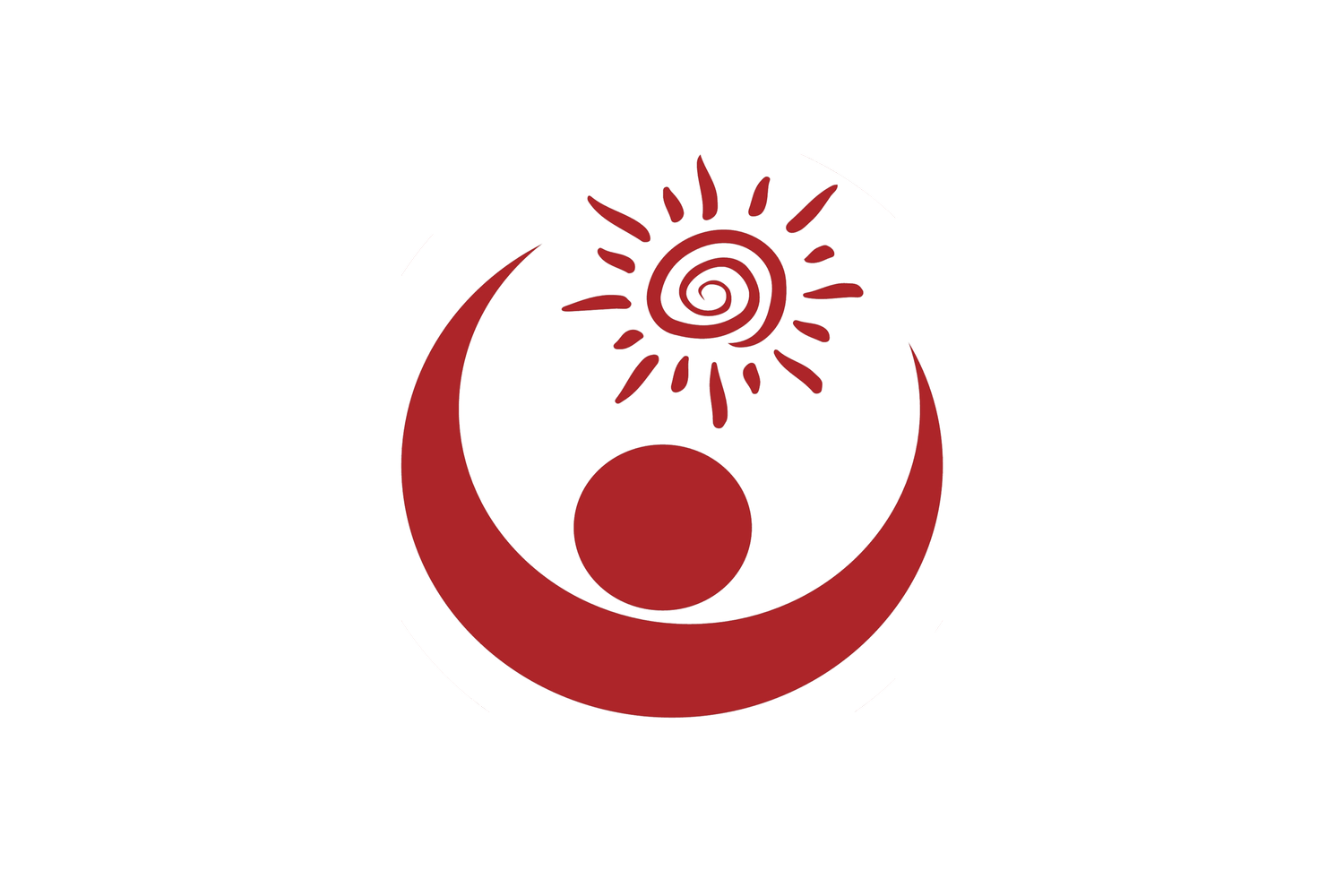Cleft lip and palate are birth defects that happen while a baby is developing in the uterus. During the 6th to 10th week of pregnancy, the bones and tissues of a baby's upper jaw, nose, and mouth normally come together (fuse) to form the roof of the mouth and the upper lip. If this doesn't happen properly, a baby could be born with a cleft lip or cleft palate, or both.
Cleft Palate
The palate is the roof of the mouth. The front part of the palate behind the teeth is hard. The back part near the throat is soft.
In babies with cleft palate, there is an opening between the roof of the mouth and the nose. This opening may be through part of the palate (either the soft part or hard part) or through the entire palate.
Cleft Lip
A baby born with a cleft palate often has a cleft lip as well. A cleft lip is a gap or opening in the upper (top) lip. Most of the time, a cleft is only in the upper lip and doesn't affect the lower lip.
A cleft lip can be either unilateral or bilateral.
With a unilateral cleft lip, the gap is only on one side of the lip under either the left or right nostril and might extend into the nose.
Babies born with a bilateral cleft lip have a gap on both sides of the lip, and they may have a deep split in the lip that extends into both nostrils.




